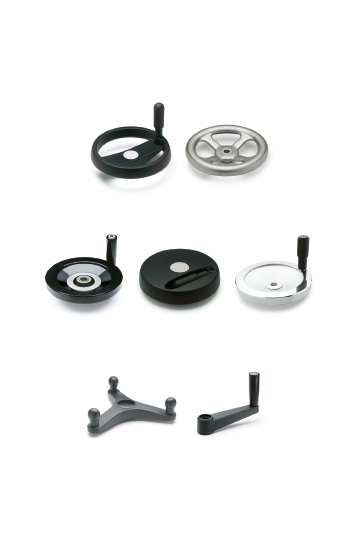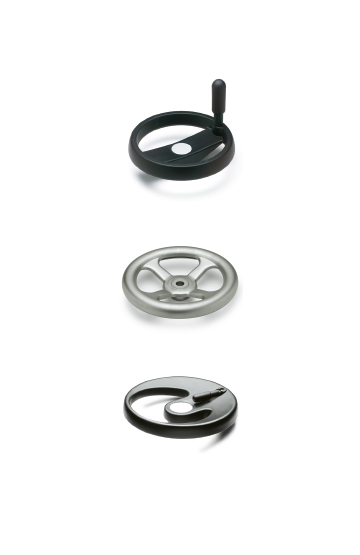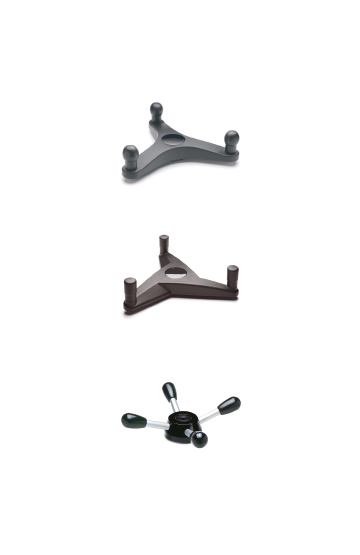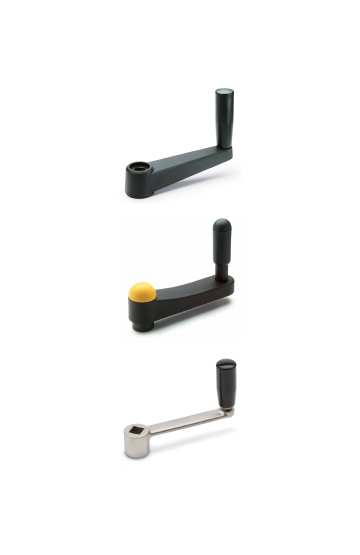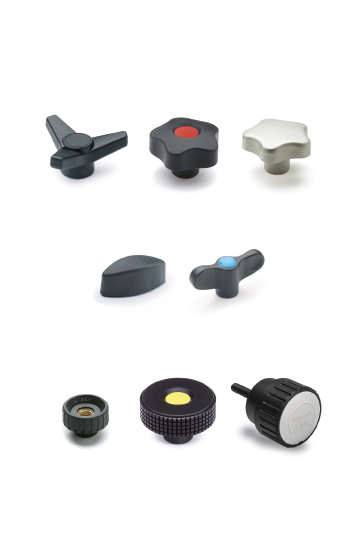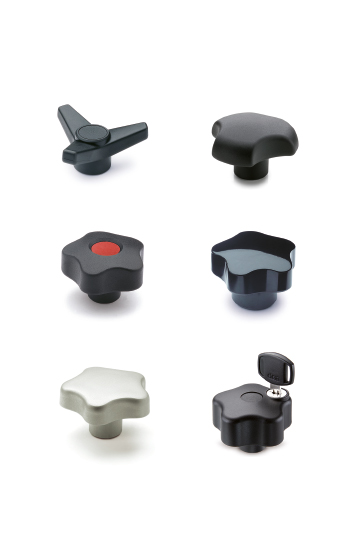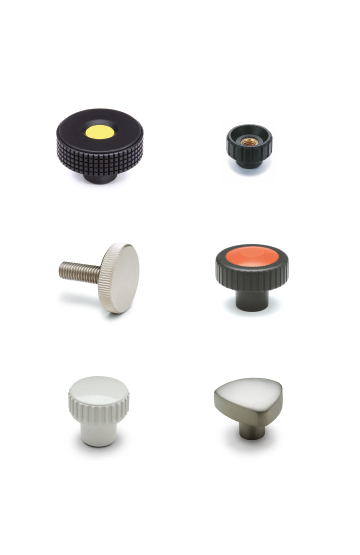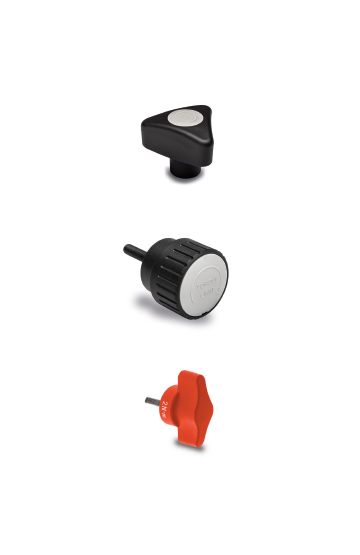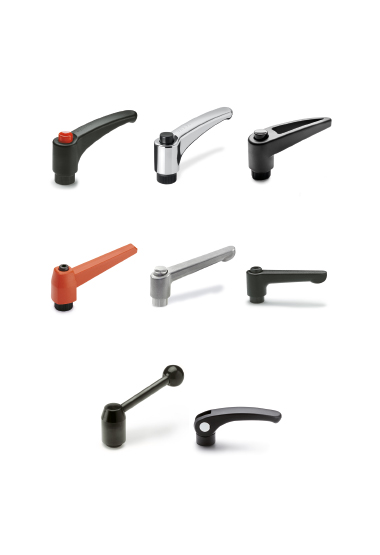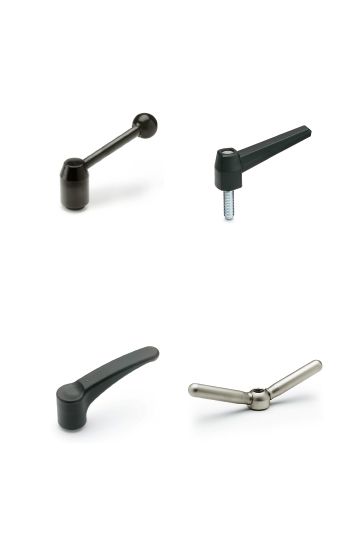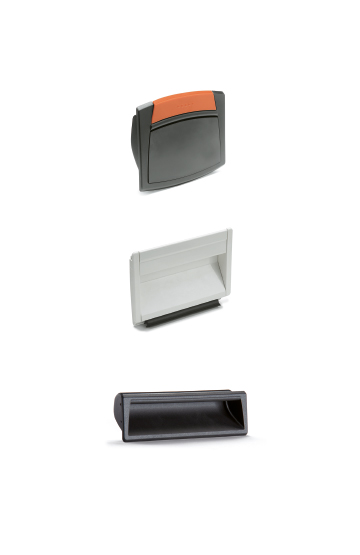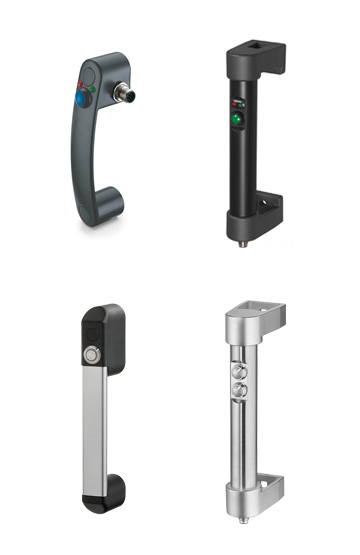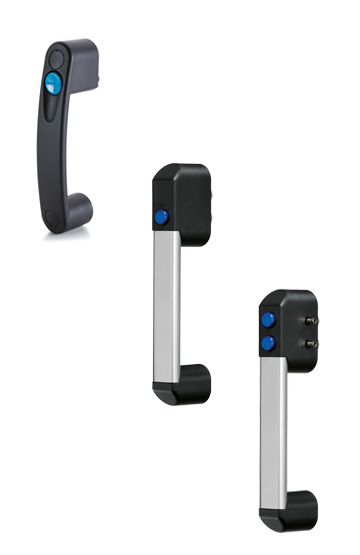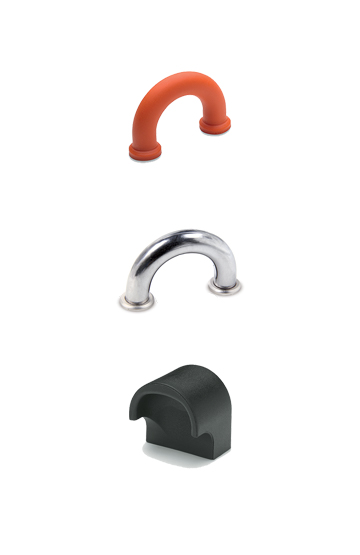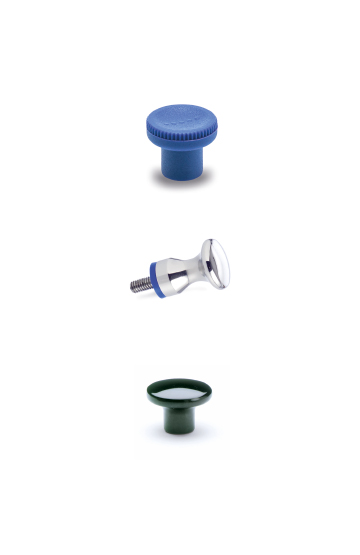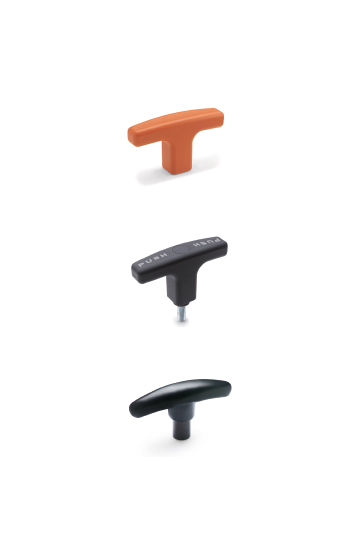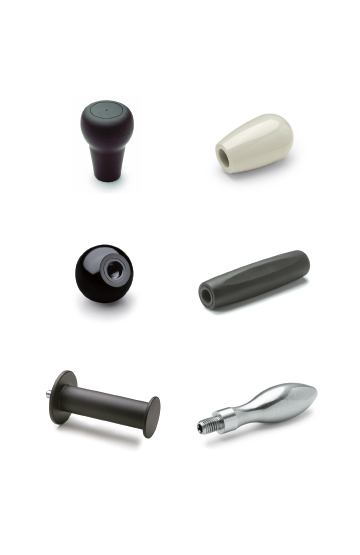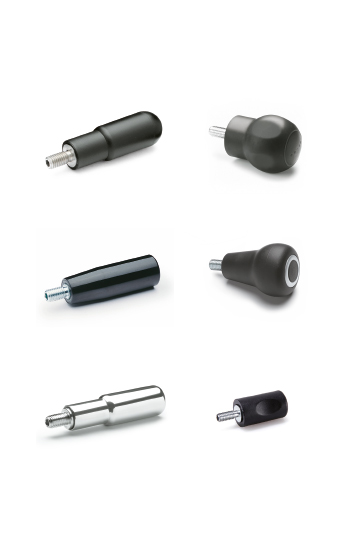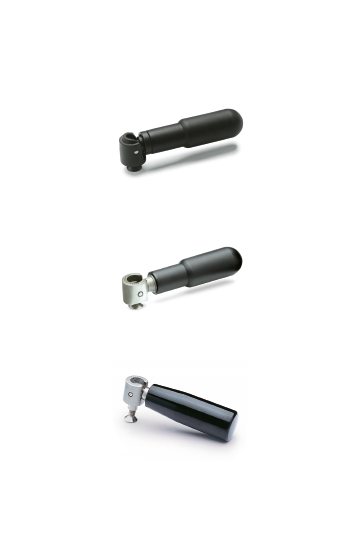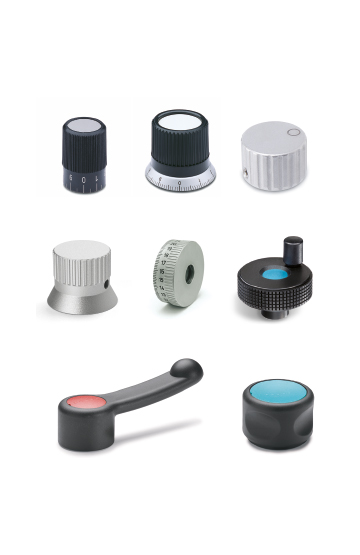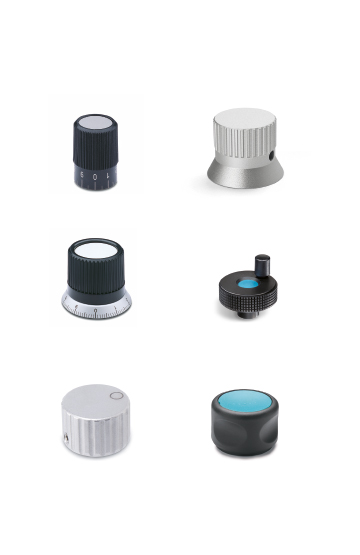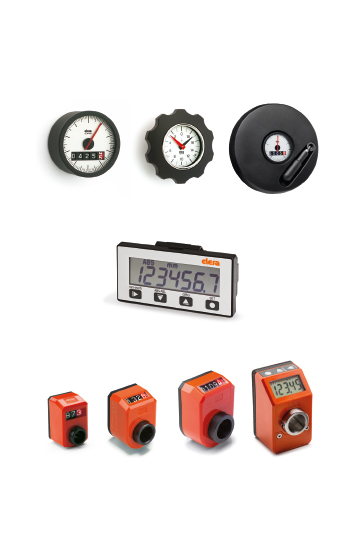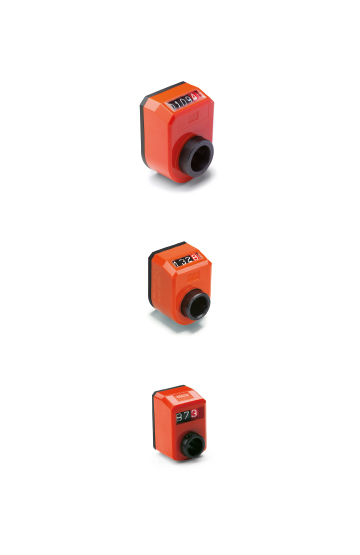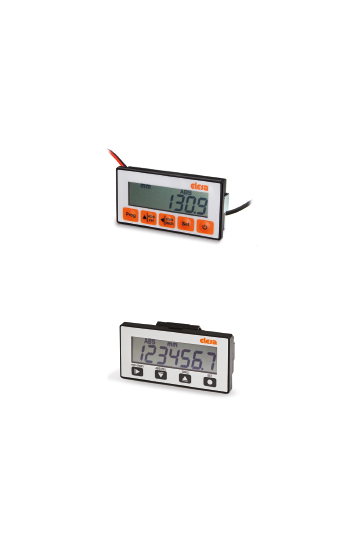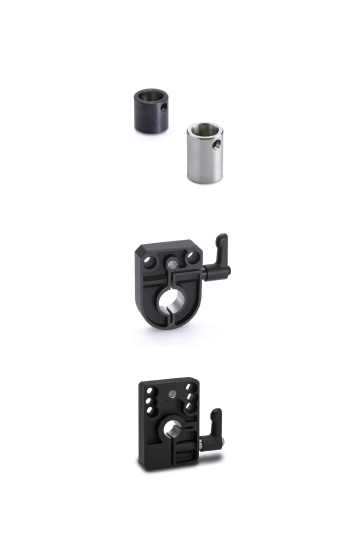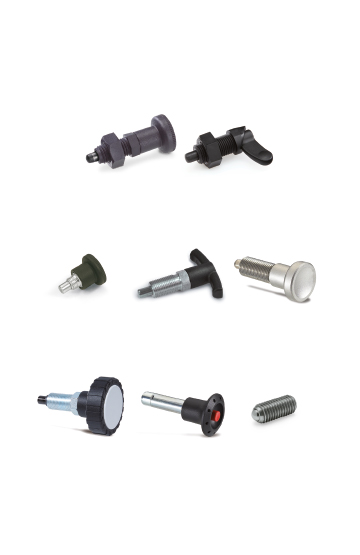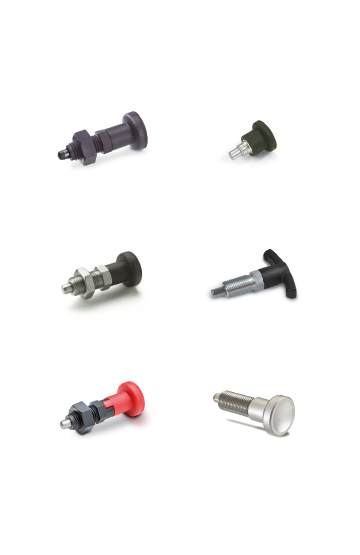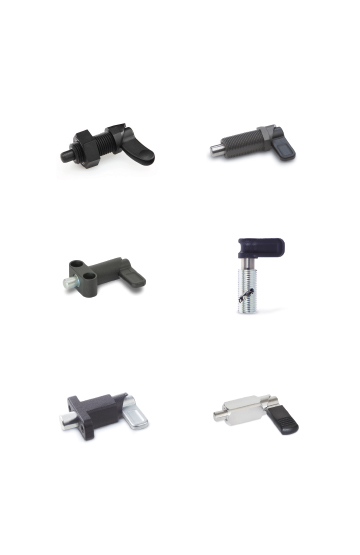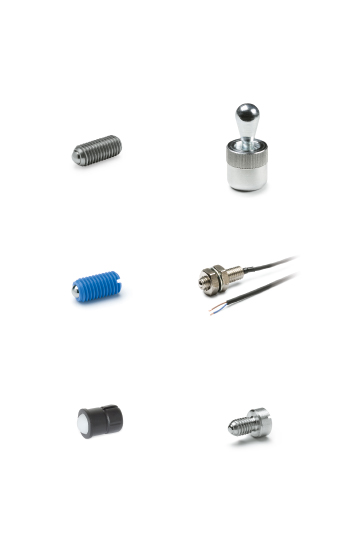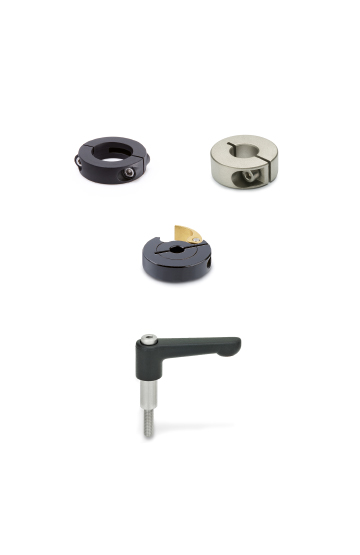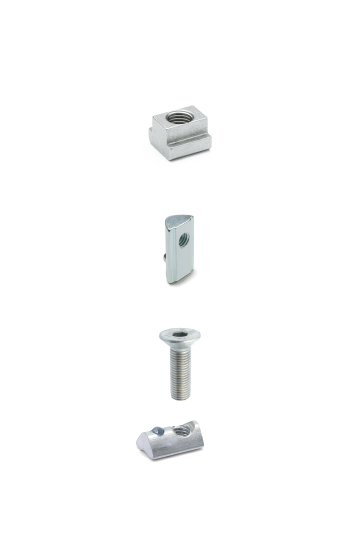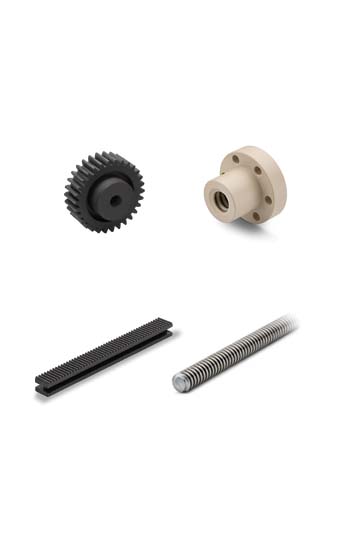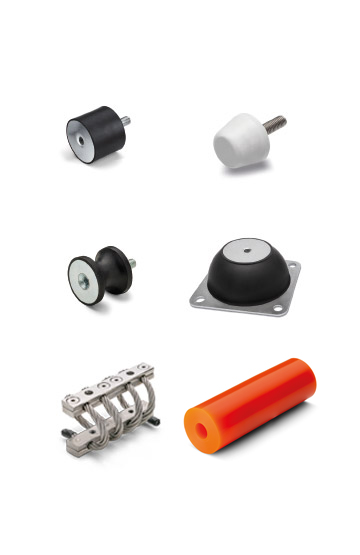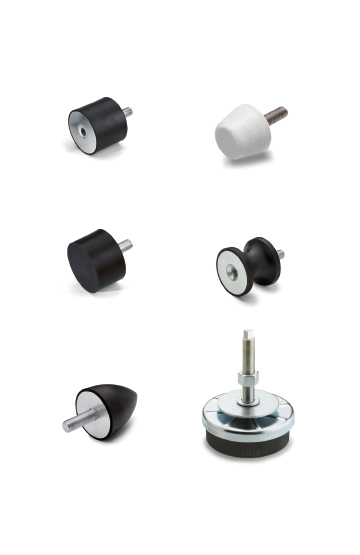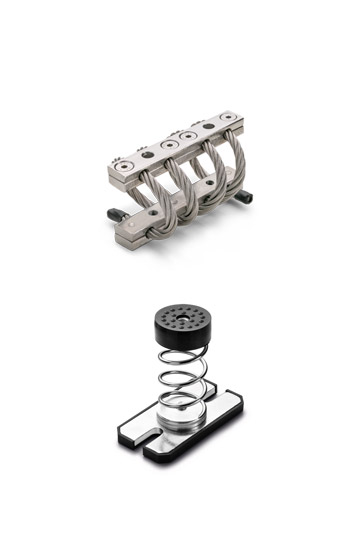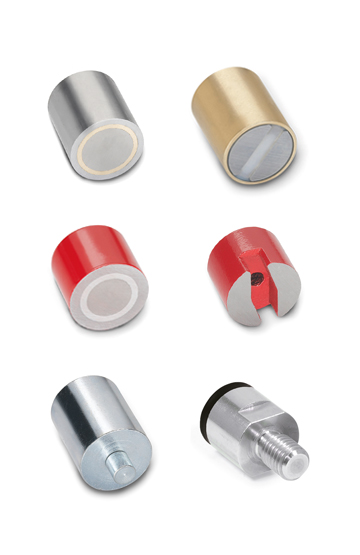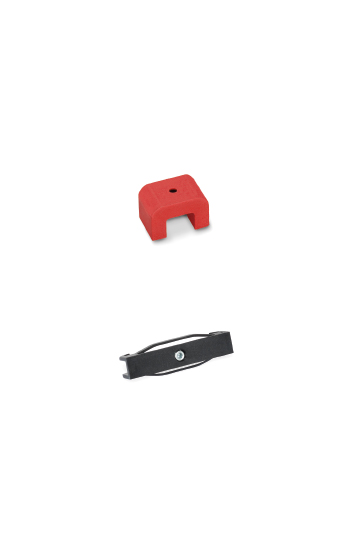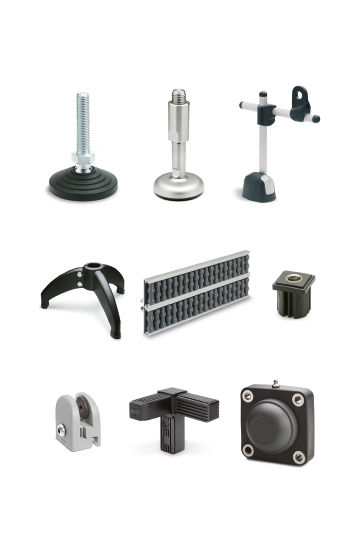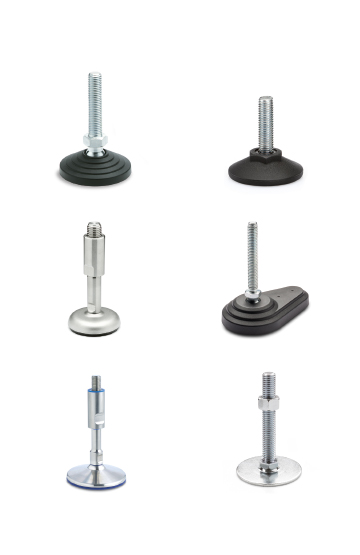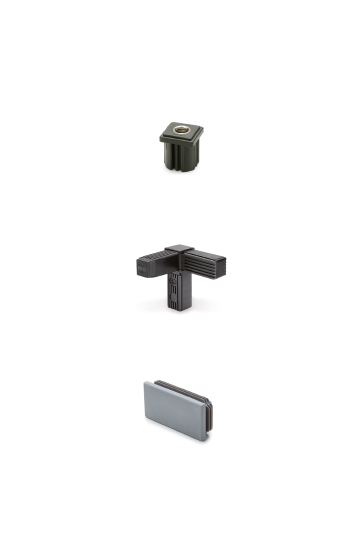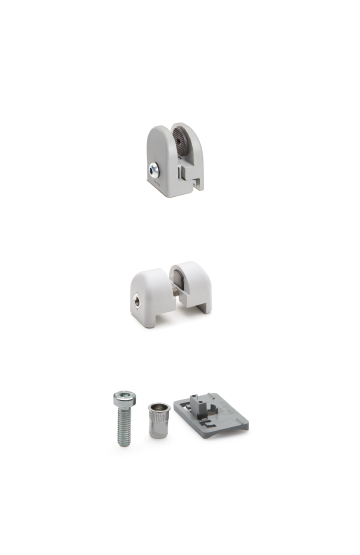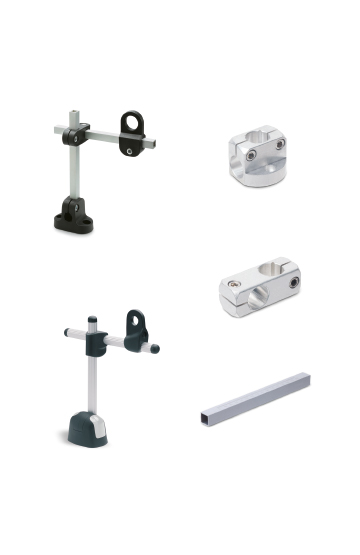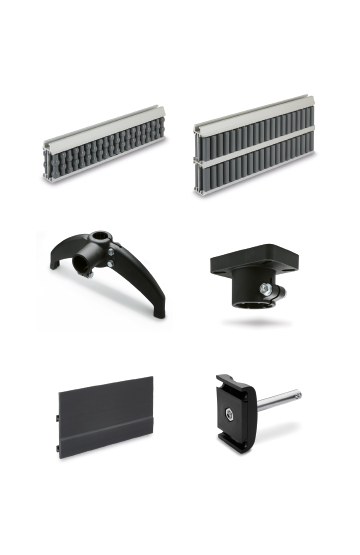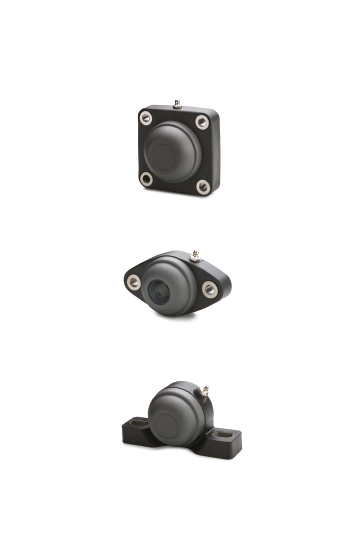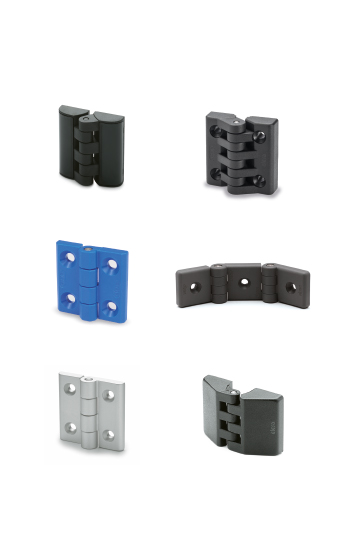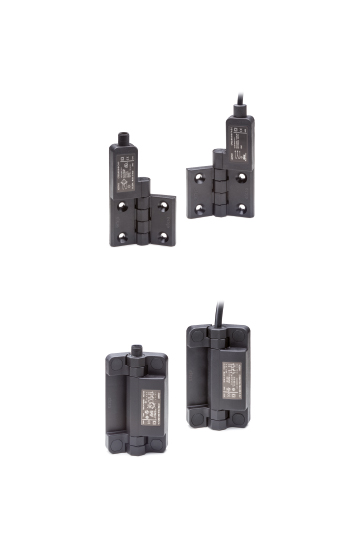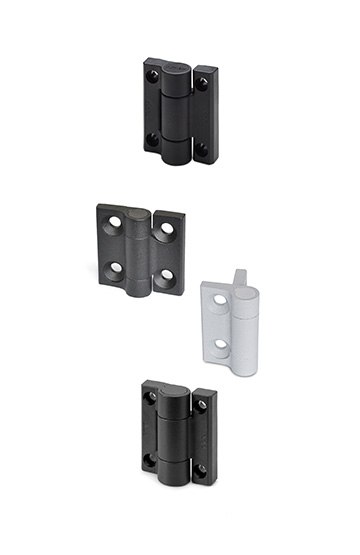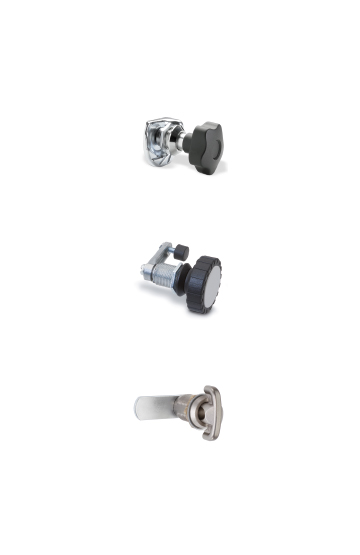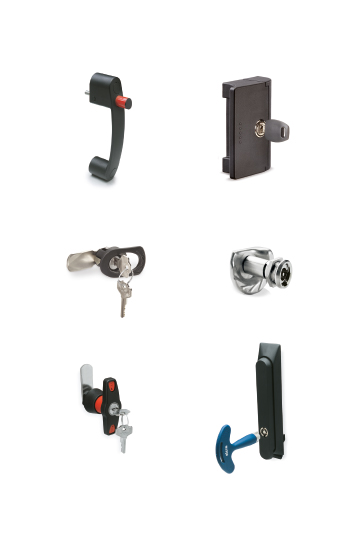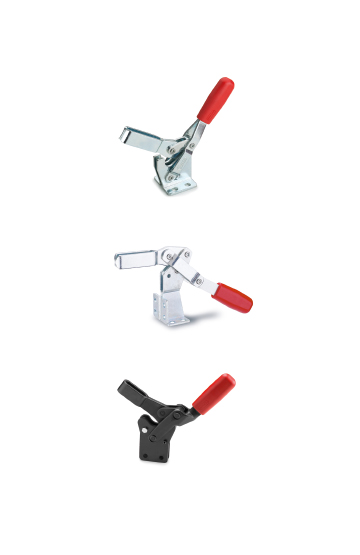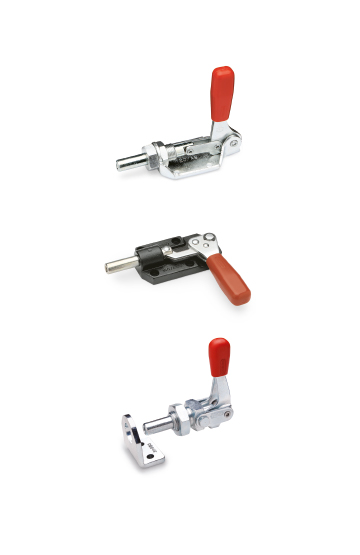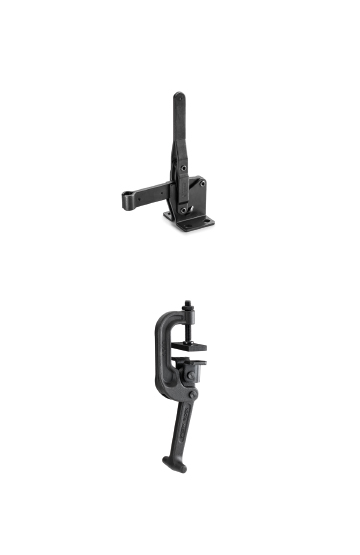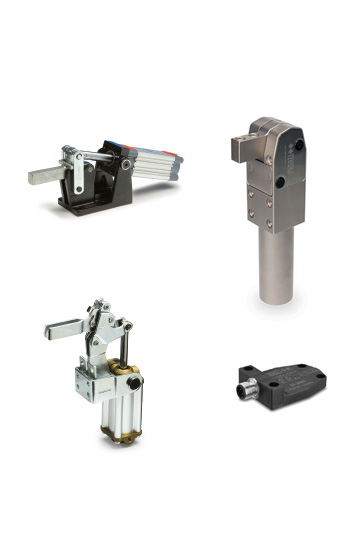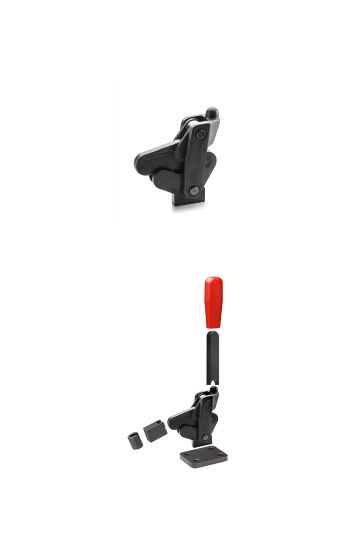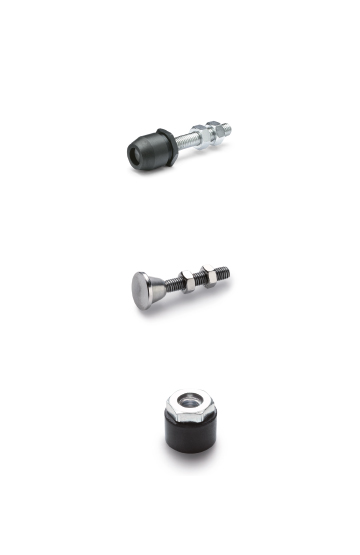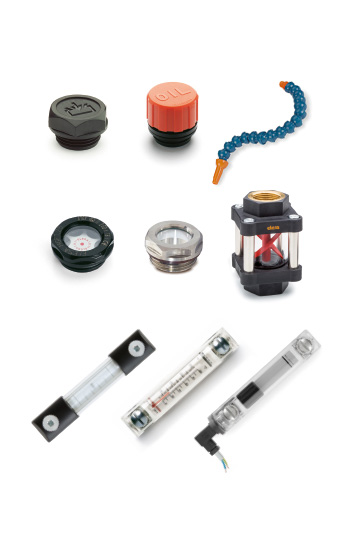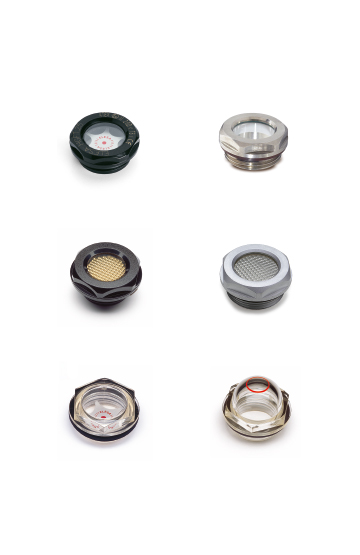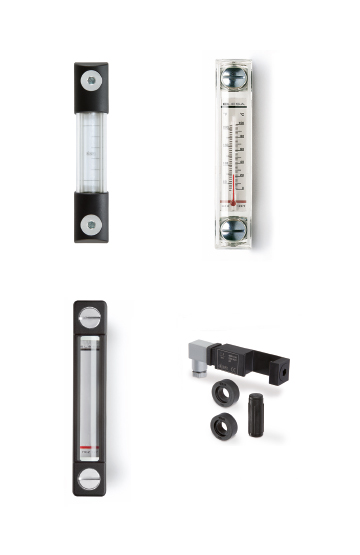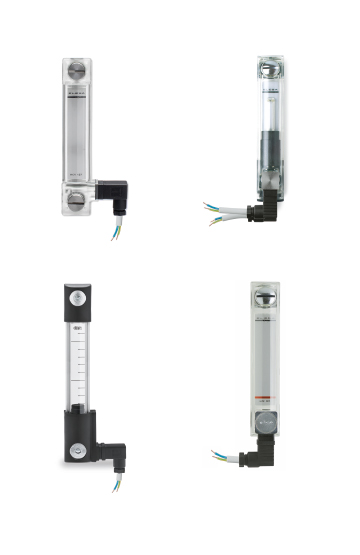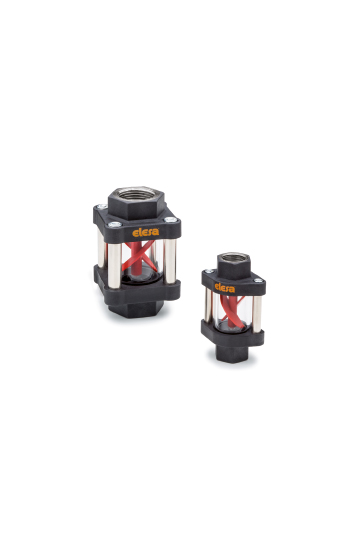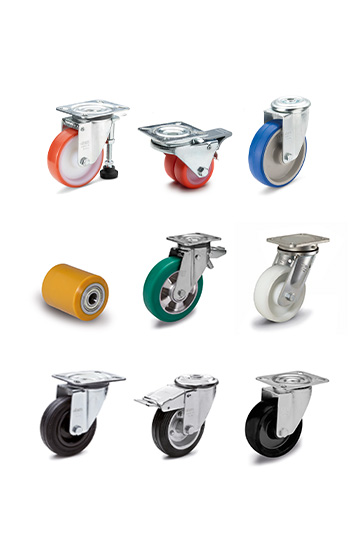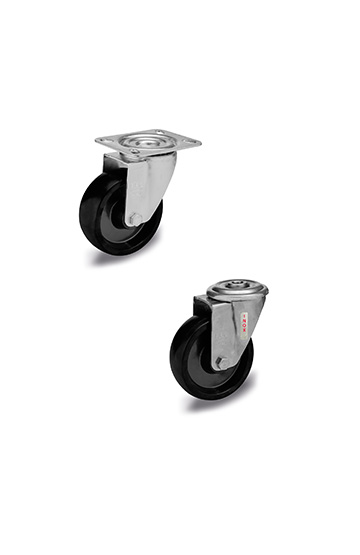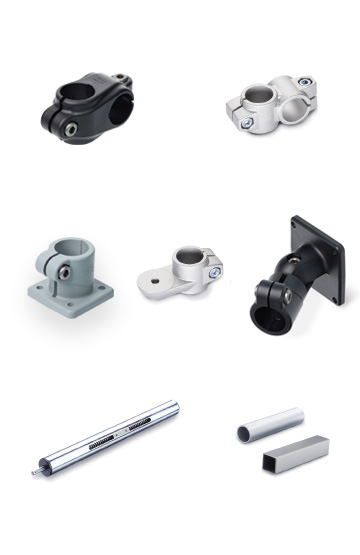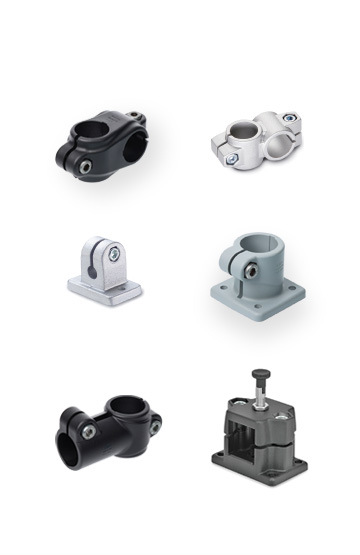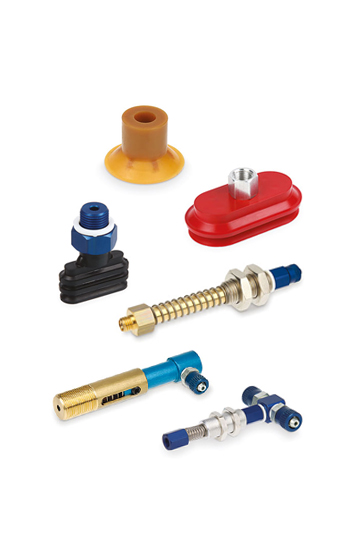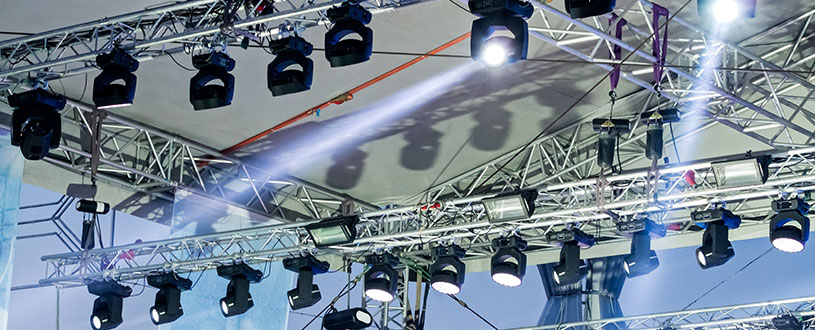AUTO SANITIZACIÓN CONTRA HONGOS Y BACTERIAS
This document has been provided by Accessiway to comply with the obligations of the European Accessibility Act until the relevant National Authority provides the official template.
Every complex paragraph is introduced by an explanation in a simpler language.
Introduction
We want everyone, including people with disabilities, to use our service easily. This statement explains the steps we take to make it accessible, following laws and standards like the European Accessibility Act and WCAG.
Elesa S.p.A. is committed to accessibility and inclusivity. We want all our customers, including people with disabilities, to be able to use our service successfully.
This document explains the accessibility features of elesa.com, how we meet the requirements of the European Accessibility Act , EN301549 standard, WCAG 2.2, ADA and Sec. 508, and what we are doing to maintain and improve accessibility.
This statement covers only elesa.com.
We regularly review this informations as we enhance elesa.com.
Overview
Service descritpion
elesa.com is a B2B e-commerce platform for purchasing manufactured products online.
How to use elesa.com
(Accessibility & Operation)
We strive to make elesa.com simple to use for everyone.
Here’s an overview of how to navigate and operate our service when using assistive technologies or special configurations:
How to use elesa.com
Users can browse the catalog, add products to their cart, create an account, and complete a purchase through a simple checkout flow.
Accessibility of elesa.com
Use the standard interaction methods with the operating system and assistive technologies.
If you need more explanation on using any part of elesa.com, please contact our support for personalized assistance.
We aim to provide any additional description or explanation necessary for you to operate the service smoothly.
Accessibility compliance
(How we meet Requirements)
We have assessed elesa.com against the European Accessibility Act’s requirements (if needed also to its local application), ADA, WCAG 2.2, Section 508 and ensured it meets them.
We commit to ensuring that elesa.com is:
Perceivable
● Content is presented in an order that reflects the logical and semantic structure, allowing assistive technologies to interpret it correctly.
● Instructions provided for understanding and operating content do not rely solely on sensory characteristics of components such as shape, colour, size, visual location, orientation, or sound.
● Sufficient colour contrast is provided for text and main visual elements, with a minimum ratio of 4.5:1 for plain text.
● Content is adaptable, allowing users to customise text size while maintaining a fully usable interface.
● Content that does not require a two-dimensional presentation reflows correctly when the user agent’s display size changes.
● Changing text spacing (such as line height, paragraph spacing, or spacing between letters or words) does not result in loss of information or content.
Operable
● No keyboard traps are present (it is possible to navigate freely into and out of all components).
● No time limits are imposed by the content or, if present, they are user-controllable, adjustable, extendable, or justified by functional or legal requirements.
● No flashing or blinking content is used at levels that could trigger seizures, remaining within safety limits.
● The screens in the service flow have titles that describe their subject or purpose.
● Elements that can receive keyboard navigation focus are always at least partially visible within the viewport.
● The target size of interactive elements is sufficiently large to ensure easy interaction for users.
Understandable
● The language of each page is properly defined and used consistently throughout the service.
● User interface components, when receiving keyboard navigation focus, do not trigger unexpected context changes that may disorient users.
● User interface components, when activated by the user via keyboard or assistive technologies, do not trigger unexpected context changes that may disorient users.
● Available navigation mechanisms are positioned consistently throughout the entire service flow.
● Repeated elements of the interface are consistently addressed in order to facilitate their identification.
● When an input error is automatically detected, the erroneous element is identified and the error is described using text.
● When an input error is identified and suggestions for correction are known, those suggestions are provided to the user, unless prohibited by regulation.
● We write content in clear, simple language.
Robust
● Standard development technologies that can be interpreted by assistive technologies are used.
We tested elesa.com with the most common assistive technologies in a wide variety of OS-Browser configurations:
● Screen readers (such as NVDA and JAWS on Windows, VoiceOver on Mac and iOS) to confirm that all interactive elements are announced correctly and can be operated.
● We also test with screen magnification and high contrast modes.
We aim for compatibility with current versions of major assistive tools. Our code follows the best practices outlined in WCAG 2.2 and EN 301 549 for robust implementation, meaning it should remain accessible even as technology evolves.
Standards: based on the above, we apply WCAG 2.2 AA (latest) and EN 301 549 criteria to ensure accessibility.
Meeting these standards creates a presumption of conformity with the EAA’s requirements, ADA and other regulations based on the same technical standards.
Ongoing Monitoring and Maintenance
Accessibility is not a one-time effort for us – it’s an ongoing process. Here’s how we ensure elesa.com stays accessible over time:
● With the support of AccessiWay, we carried out an external, expert-led manual audit on 30/09/2025 to verify our accessibility compliance.
We maintain a cycle of continuous testing and improvement, with recurring support in place to ensure that comprehensive audits — including manual testing by professionals using assistive technologies — are conducted at least once a year.
● We use automated testing tools integrated into our development process to quickly identify common accessibility issues (such as missing alt text or form labeling).
Every code update goes through these checks.
Feedback and Contact Information
We welcome your feedback to make elesa.com better. If you face any issues or have suggestions, contact us by email, phone, or mail. Share details about the problem so we can help.
We value the input of our users, especially if something isn’t working for you.
If you have any difficulty accessing any part of elesa.com, discover an accessibility issue, or have suggestions for improvement, please let us know.
Email: info@elesa.com
Phone: +3903928111
Company address: Via Pompei, 29 - 20900 Monza - Italy
When you contact us, please provide as many details as possible about the issue (which page or feature, what happened, and which assistive technology you are using, if applicable). We will try to acknowledge your feedback within 15 business days and will do our best to resolve the issue promptly or inform you of our progress.
Enforcement: In the event you feel we have not addressed your accessibility concerns adequately, you have the right to escalate your complaint. We sincerely hope to resolve any issue together with you before it reaches that stage, but this avenue is available.
Document History: This document was last reviewed and updated on 30/09/2025. We plan to review it at least annually, or whenever significant changes to the service occur.


